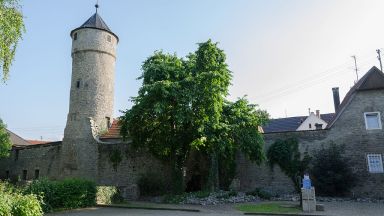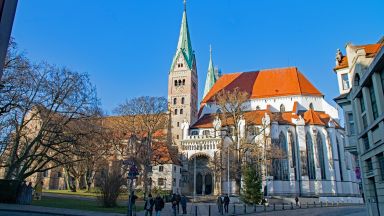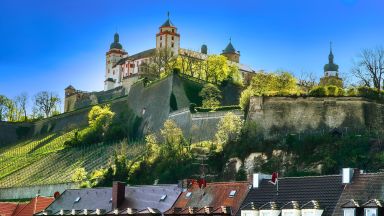Röttingen: The Complete Guide
Röttingen is a charming town located in the district of Würzburg in Bavaria, Germany. Situated in the scenic Tauber Valley, Röttingen is known for its well-preserved medieval architecture, rich history, and picturesque surroundings.
The town is characterized by its narrow cobblestone streets, half-timbered houses, and impressive fortifications. One of the prominent landmarks is the Röttingen Castle, which dates back to the 13th century and now serves as a cultural center and venue for various events and exhibitions.
Visitors to Röttingen can explore the town’s historic center, where they will find beautiful churches, such as St. Kilian’s Church with its striking tower, and the Gothic-style St. Andrew’s Church. The Market Square, adorned with colorful facades and adorned fountains, is a delightful place to relax and soak in the atmosphere.
Art enthusiasts will appreciate Röttingen’s reputation as a center for sculpture. The town hosts the International Sculpture Symposium, where renowned artists gather to create stunning sculptures that are displayed throughout the town.
For wine lovers, Röttingen is situated in the Franconian wine region and is renowned for its fine wines, particularly Silvaner. Visitors can sample local wines at the town’s wineries and taverns, and even explore the nearby vineyards.
Röttingen also offers opportunities for outdoor activities. The surrounding countryside is ideal for hiking and cycling, with well-marked trails leading through vineyards, forests, and meadows. The Tauber Valley Cycle Path is a popular route that passes through the town, offering scenic views along the way.
Throughout the year, Röttingen hosts various cultural events and festivals, including the Röttingen Wine Festival and the Christmas Market, adding to the vibrant atmosphere and providing visitors with a taste of local traditions.
With its historic charm, cultural heritage, and natural beauty, Röttingen offers a delightful destination for travelers seeking an authentic Bavarian experience.
Visiting Röttingen for the first time and wondering what are the top places to see in the city? In this complete guide, I share the best things to do in Röttingen on the first visit. Top help you plan your trip, I have also included an interactive map and practical tips for visiting!
This website uses affiliate links which earn a small commission at no additional cost to you.
6 Best places to See in Röttingen
This complete guide to Röttingen not only tells you about the very best sights and tourist attractions for first-time visitors to the city but also provide insights into a few of our personal favorite things to do.
This is a practical guide to visiting the best places to see in Röttingen and is filled with tips and info that should answer all your questions!
Rathaus Röttingen

Location: Rathaus Röttingen Marktpl. 1 97285 Röttingen Germany | Distance: 0.30km
Visiting Rathaus Röttingen
St. Kilian Church in Röttingen

Location: St. Kilian, Kirchplatz, Röttingen, Germany | Distance: 0.40km
Visiting St. Kilian Church in Röttingen
Mühlenturm

Visiting Mühlenturm
Brattenstein Castle

Location: Brattenstein Castle, Röttingen, Germany | Distance: 0.60km
Visiting Brattenstein Castle
Rottingen Wine Museum

Location: Röttingen,97285, 97285 Röttingen, Germany | Hours: May to October : Saturday, Sunday and public holidays from 1:30 p.m. to 5:00 p.m | Distance: 0.60km
Visiting Rottingen Wine Museum
Hundheimer Torturm

Location: Old Hundheim Tower 97285 Röttingen Germany | Distance: 0.60km
Visiting Hundheimer Torturm


